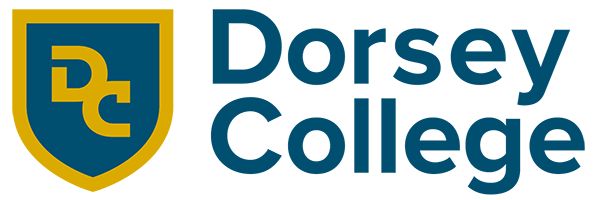If you’ve ever taken prescription medication, you’re probably familiar with the level of detail on every prescription drug label. These labels list not only the exact amount of medication inside the bottle, but also the active ingredients, the proper way to administer the drug, and the recommended frequency of dosage – among many other details and instructions.
As patients, we take these instructions for granted – if the label tells us to take 125 milligrams of Acetazolamide twice daily with food, we simply don’t question it, and why should we? It’s the job of trained physicians and pharmacy technicians to prescribe and administer the precise dosage of these medications.
Pharmacy Tech students at Dorsey learn all the ins and outs of pharmacy operations, as well as the strong communication skills and customer service skills that are critical to success. Medicine is a language of its own – a mix of physiology, toxicology, organic chemistry, diseases, treatments, laboratory tests, etc. – and pharmacy technicians must learn to speak it fluently.
There are hundreds of medications that all pharmacists must be familiar with, both in generic and brand name. Students must readily know the difference between Medroxyprogesterone Acetate and Mecasermin Rinfabate – but don’t let the sesquipedalians scare you. Dorsey thoroughly prepares students with its intensive Pharmacy Technician Program, which can be completed in fewer than eight months.
The program also includes a highly successful externship in a supervised, ambulatory pharmacy setting under the direct supervision of a pharmacist and his/her staff. Completion of this program prepares students to succeed on a national certification exam. With the proper training and the right credentials, anyone with a proclivity for chemistry can become a certified pharmacy technician.
